This weekend I’ll be going to the Virginia Foxhound Show. It will be my first time at a hound show and although I’ll be going with someone knowledgeable, I’ve been doing a little homework and thought I’d pass along what I’ve learned thus far.
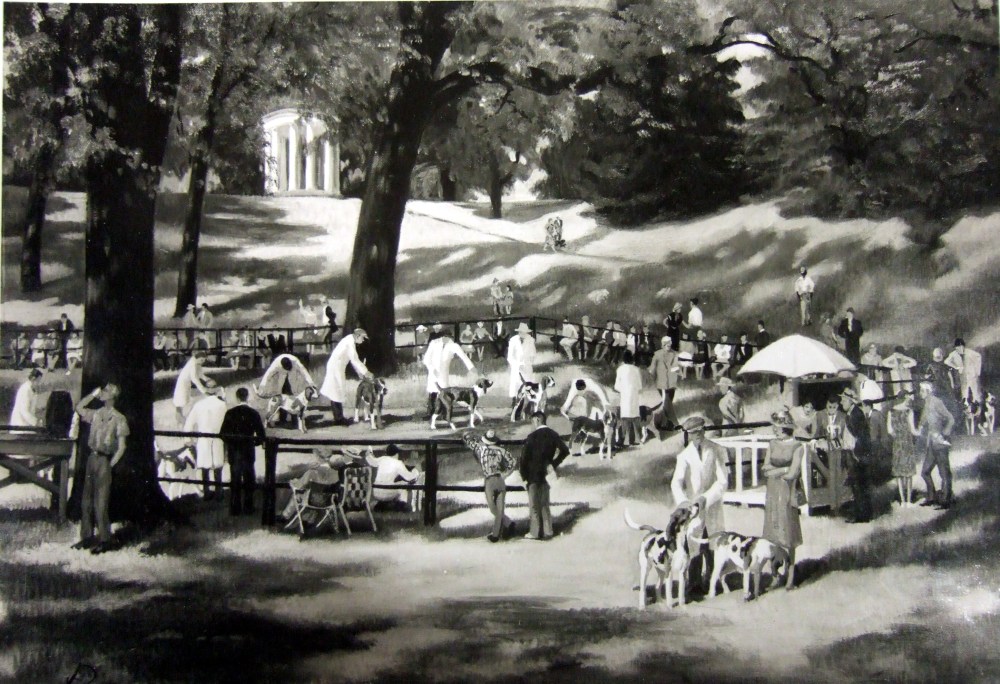
The developmental history of foxhound breeds can and has filled volumes. The English foxhound was developed through the cross breeding of several varieties of hounds used to hunt hare and stag. The goal was to create a pack hound with nose and stamina enough to hunt the red fox across long distances, with mounted hunters following behind. As the story goes, the American foxhound’s development began with a pack of hounds imported to the colonies by Robert Brooke in 1650. Over the next 200 years additional imports of English, French, and Irish hounds were crossbred with the American hounds ultimately resulting in the modern American foxhound.
Although both the English and American foxhounds were developed to hunt fox, breeders select for traits most beneficial in their local terrain. This divergent selection has resulted in hounds with distinctly different physical characteristics. The best summation of this difference that I found is that, American foxhounds are the Thoroughbred of foxhounds, while the English are Percherons.
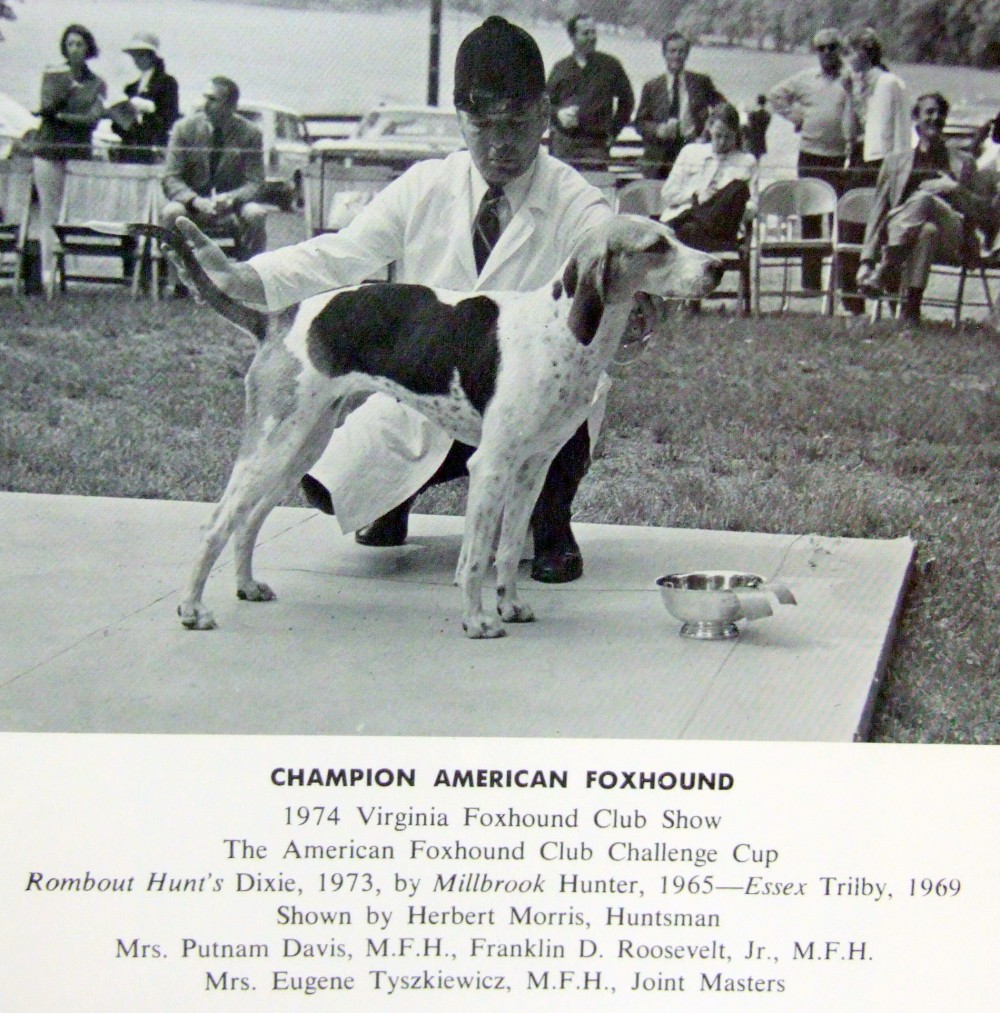
American foxhounds should have a slightly domed skull, long, large ears, large eyes, straight muzzle, well laid-back shoulders, a moderately long back, fox-like feet, and a slightly curved tail.
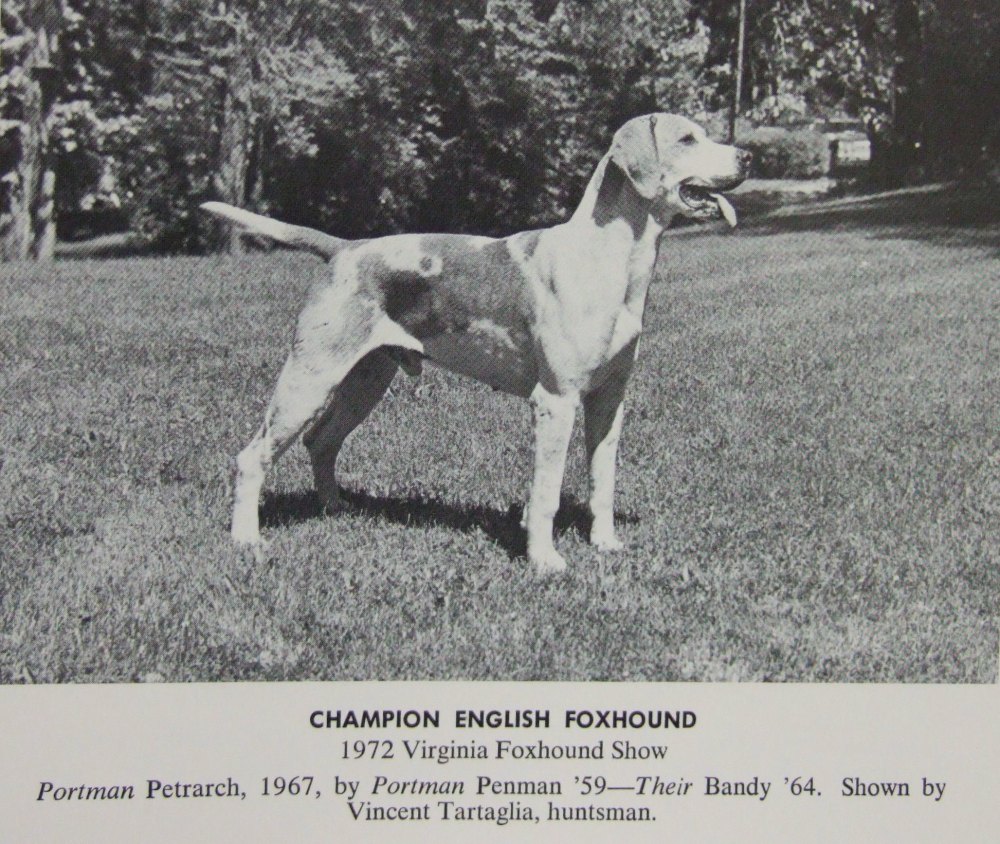
By comparison, the English foxhound is a bit shorter and more heavily built. They have a wider skull and long muzzle. Their ears are noticeably shorter and higher set than the American hounds, and their legs are muscular and straight-boned, with rounded, almost cat-like paws.
While hound shows can be interesting to the layperson, and are certainly social events for the groups involved, their main purpose is to further refine the development of the breeds. It is an opportunity for breeders to see what others have accomplished, and to display their own successes. Bloodlines with favorable traits are identified and plans are made to add them to breeding programs.
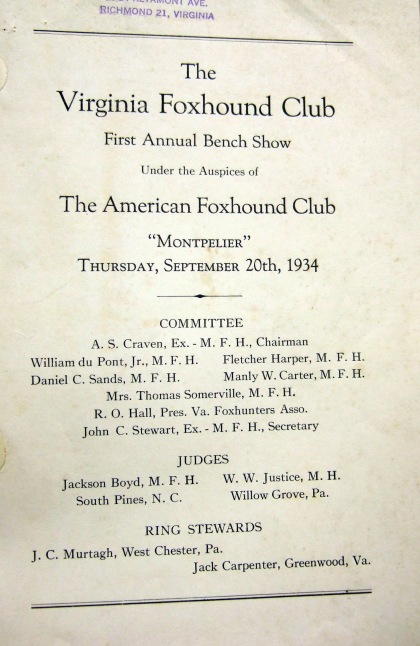
The first Virginia Foxhound Show was associated with the American Foxhound Club and was held in 1934 at the Montpelier estate of Mrs. Marion DuPont Scott. The meet was suspended during WWII and did not resume until 1955 at which time it was run by the newly formed Virginia Foxhound Club. The show continued at Montpelier until 1961 when it was moved to the Upperville Horse Show grounds. In 1965 it was relocated for several years to William W. Brainard, Jr.’s estate, Glenara, near Marshall. Finally it settled at Oatlands in 1970 and remained there until 1996 when it moved to its current location at Morven Park.
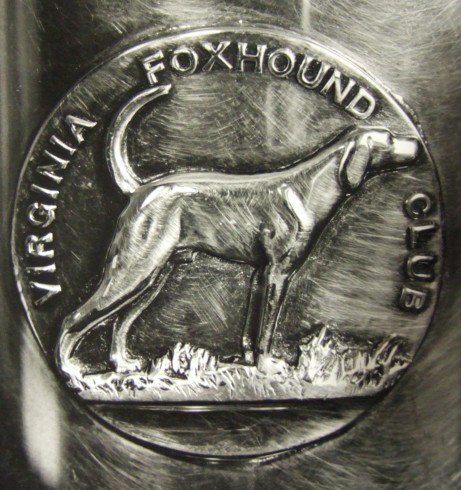
Although the show originally focused only on American Foxhounds, in the late 1960s it began to open up and now features American, English, Cross-bred, and Penn-Marydel Foxhounds. Today the Virginia Foxhound Show is the largest sanctioned hound show in the world.
Here’s what I’ve been told to expect at the show. All handlers wear long white coats. Those showing English hounds, sport bowler hats, while all others use riding helmets. English hounds are shown off leash, showcasing natural movement.
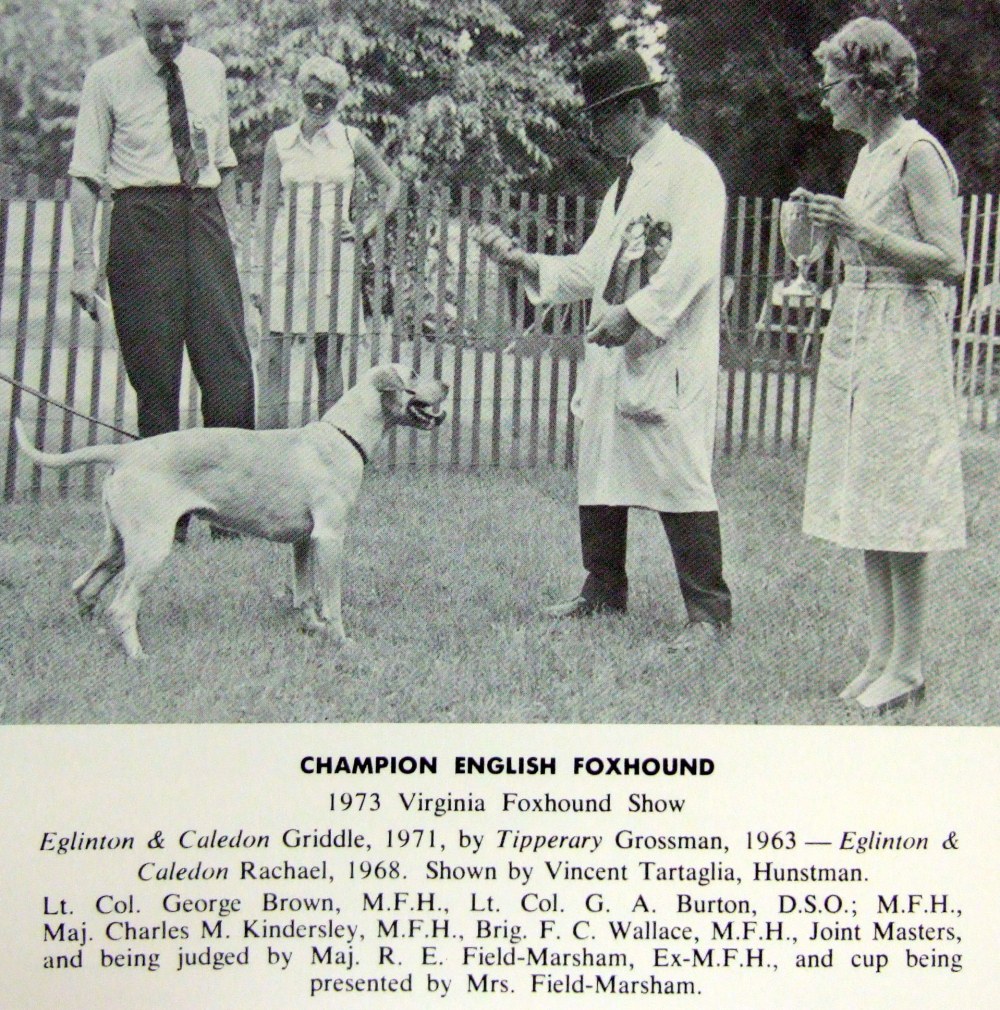
There are contests for the best of both sexes of, individual hounds, couples of hounds, and parent/offspring, within each class, American, English, Cross-bred, and Penn-Marydel. The hounds are judged for conformation to an ideal breed standard.
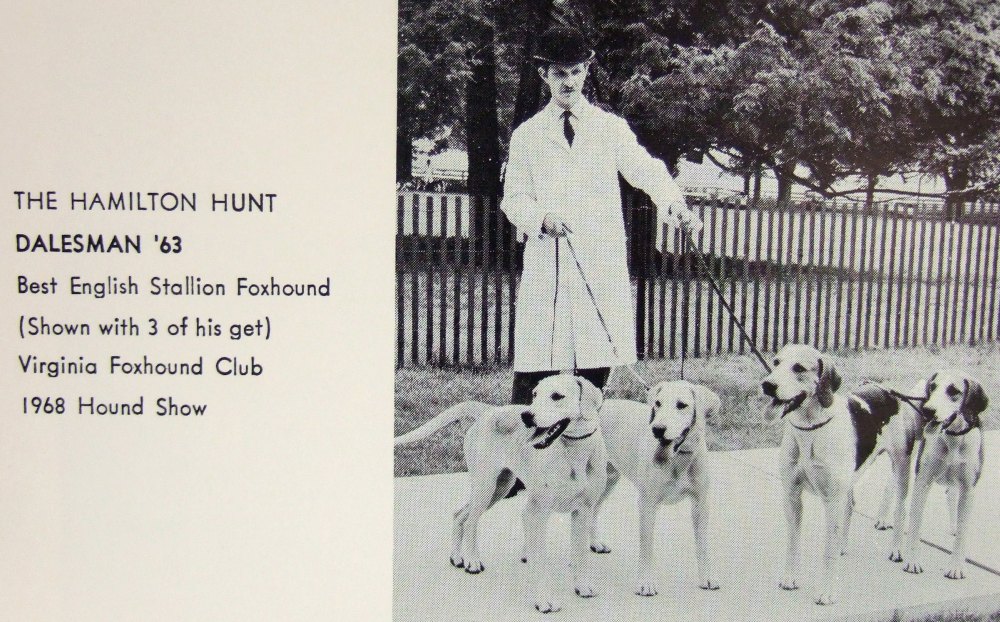
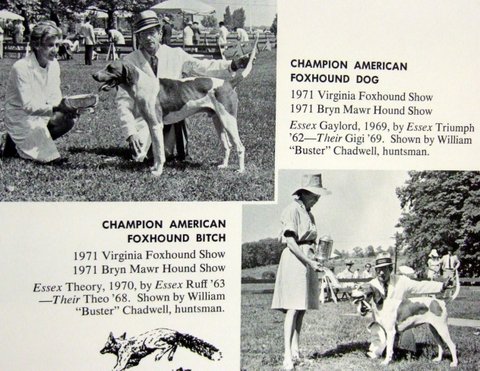
There are also pack classes of five couple of hounds. These are judged as a unit on uniformity, conformation, and way of moving; on the obedience of hounds to huntsman; and on the responsiveness of hounds to huntsman.
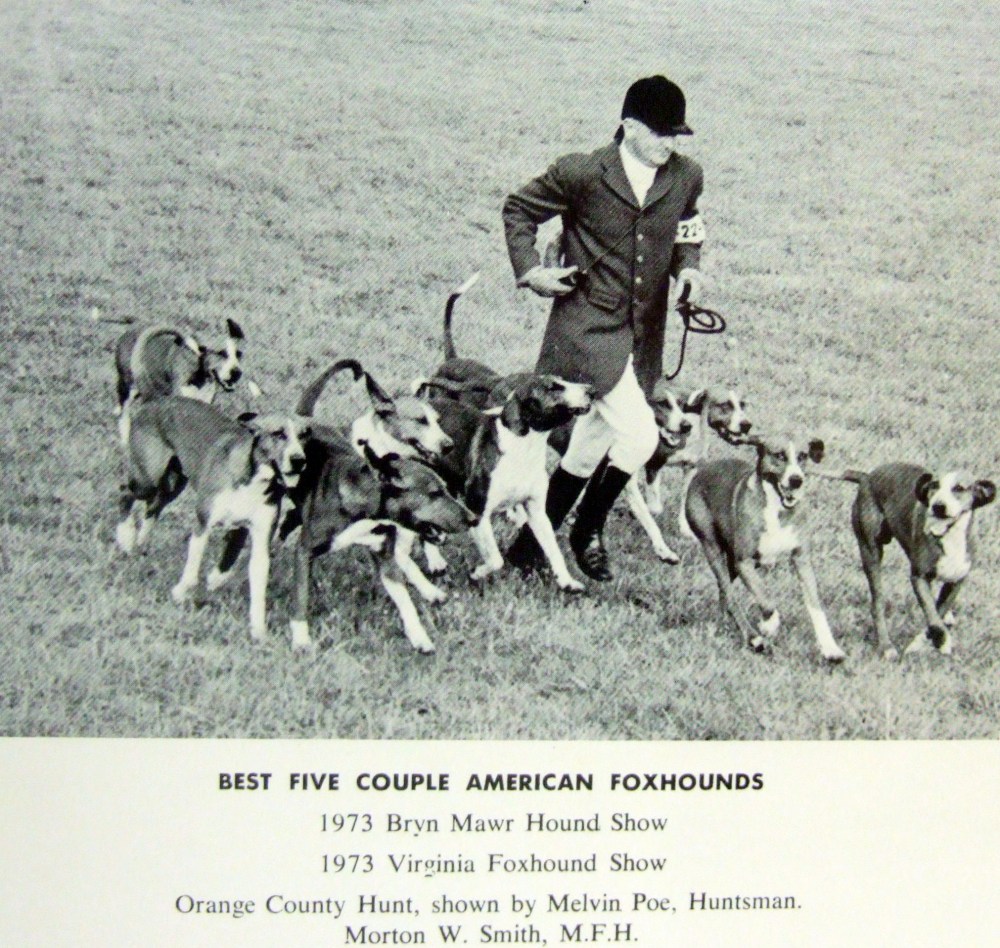
The Junior Handler Class is open to children associated with exhibiting packs. There are two divisions, aged under 10, and aged 11-16. Participants are judged on handling and presentation of the foxhound. This promises to be quite cute as the children sport the same white coats and hats as adult handlers. I’m looking forward to seeing all the hounds in person!
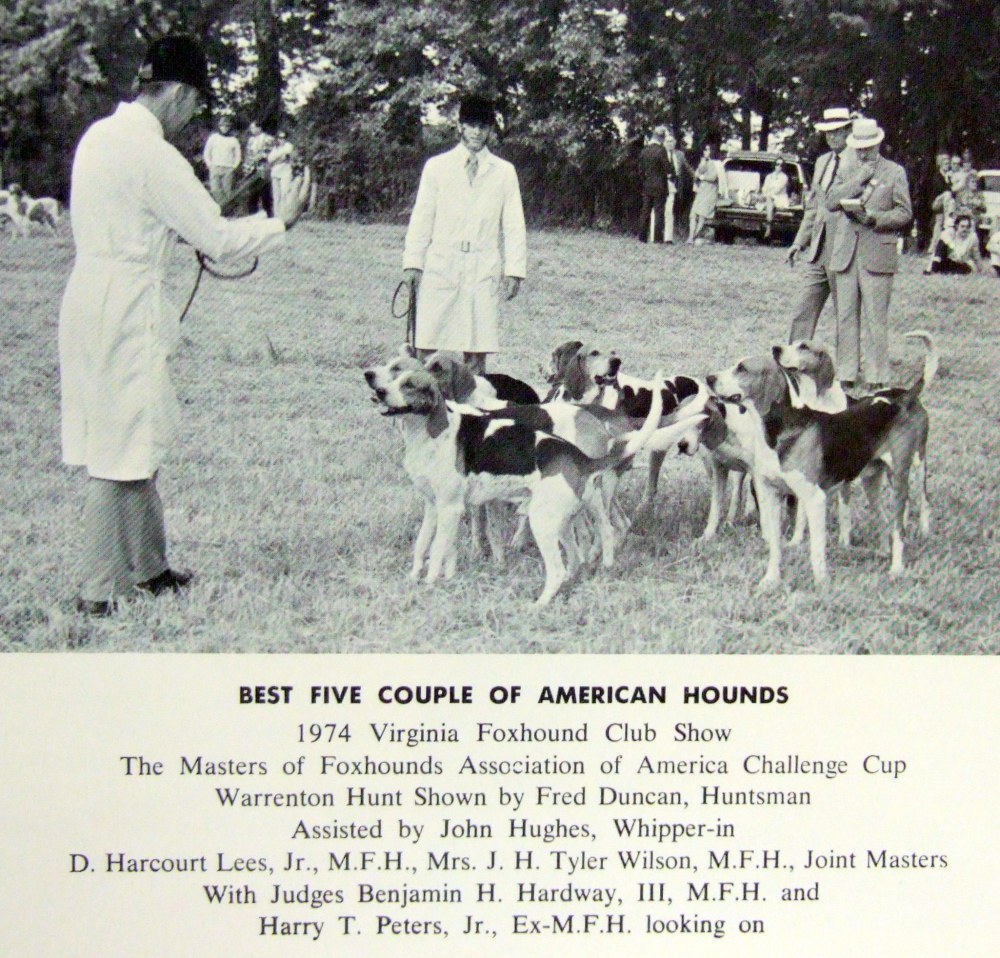
If you would like to learn more about foxhounds, hunts, or sporting dogs in general, the Library has many resources available. There are extensive archival materials on various hunts, their hound pedigrees, journals of kennel activities, hound shows, and hunt diaries. The Main Reading Room houses books on a wide range of breeds and strains. You can also learn about training sporting dogs, kennel construction, or the medical care of these canine athletes. Readers can catch up on current events in the hound community through Hounds magazine, also available in the Main Reading Room. Come visit me in the Library and I’d be happy to connect you with any of these resources.
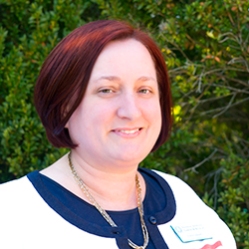
Erica Libhart has served as the Mars Librarian at the National Sporting Library & Museum (NSLM) since early 2016. The focus of her position is collection services, working to increase accessibility to NSLM’s collection of books, periodicals, and archival materials. The NSLM collections span over 350 years of the history of equestrian sport, as well as fly fishing, wing shooting, and other field sports. Have a question? Contact Erica by e-mail
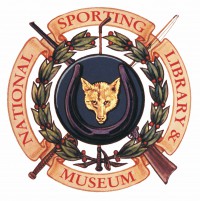
Erica – Excellent summation and presentation (from a novice to the sport, no less!) of the foxhound shows. See you at Morven Park
LikeLiked by 1 person
Very well written and accurate history of this event and it’s purpose. It’s a great show to attended to see the best of the best , and learn all about these beautiful hounds and their handlers. A beautiful way to spend a day in the Virginia countryside.. Thanks for this great information. I can’t wait to see it all in action this weekend.
LikeLike